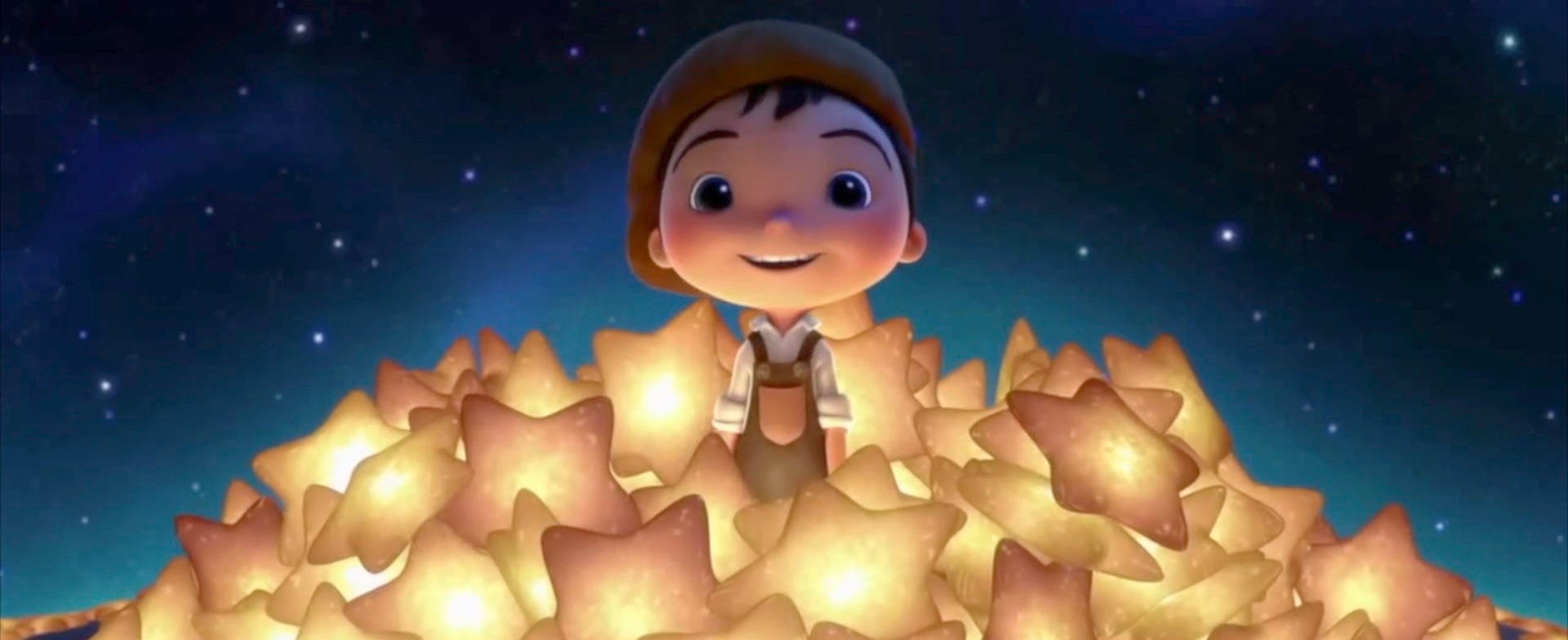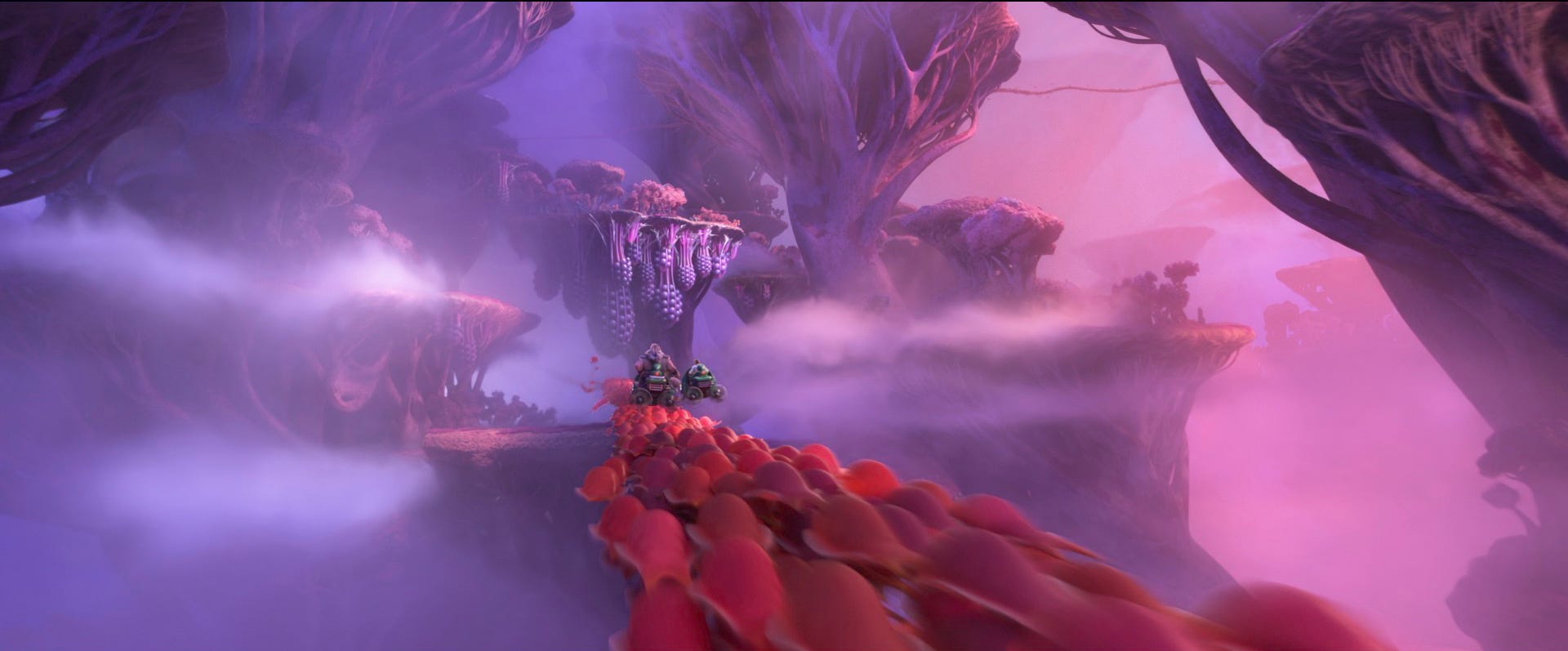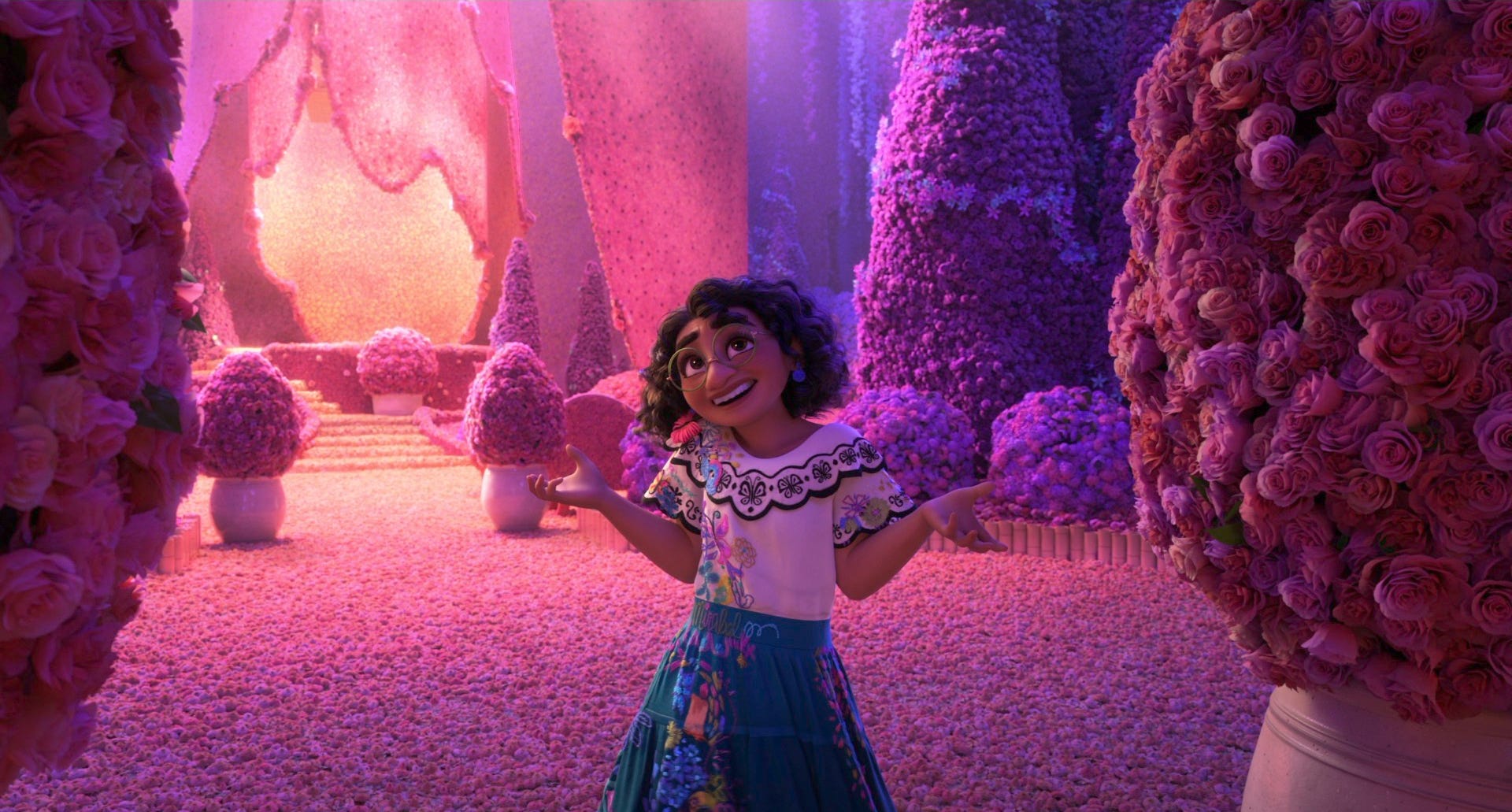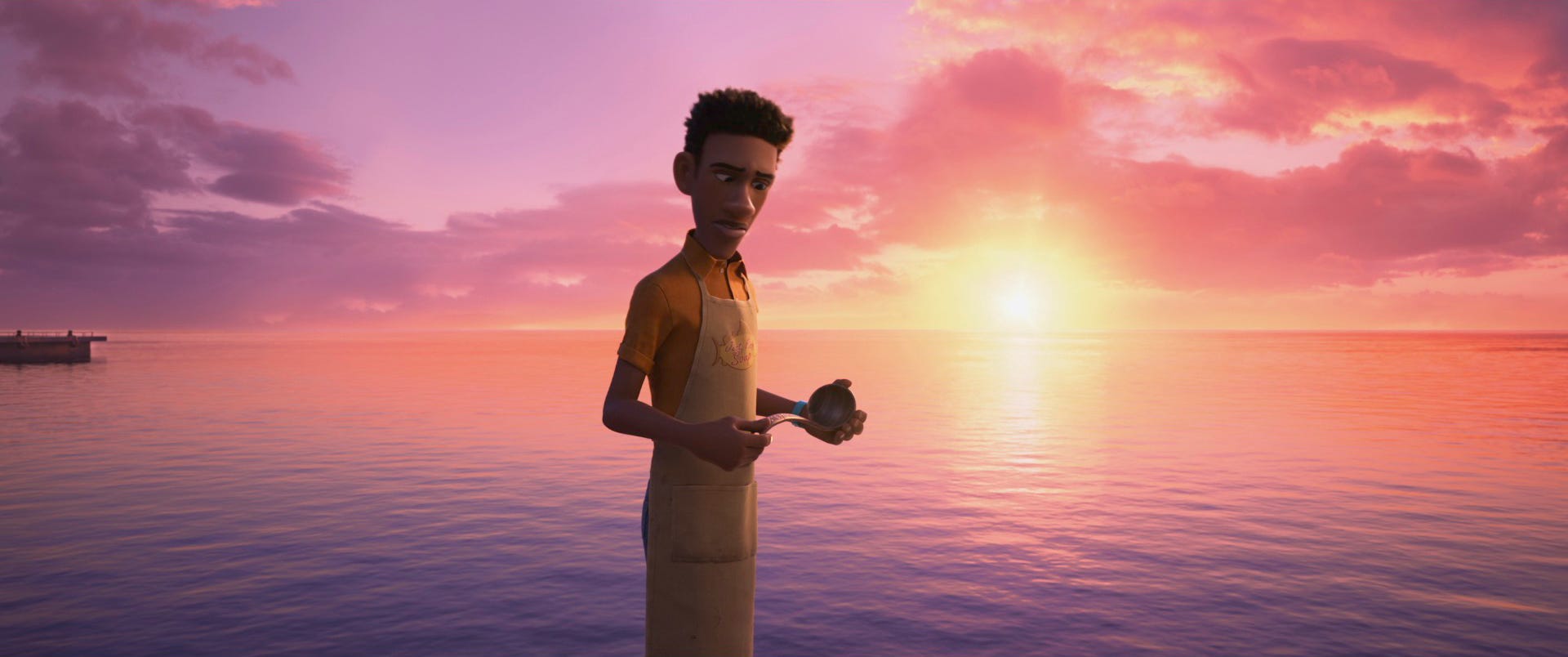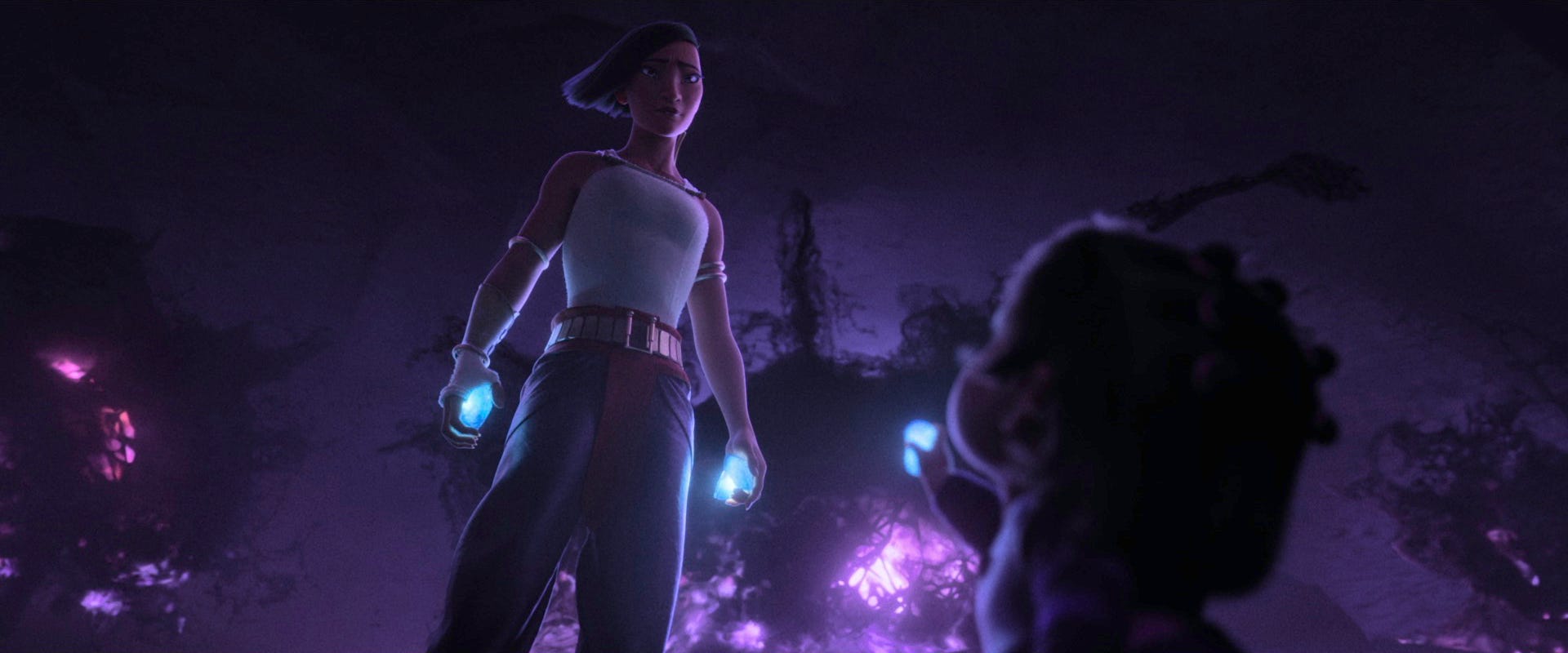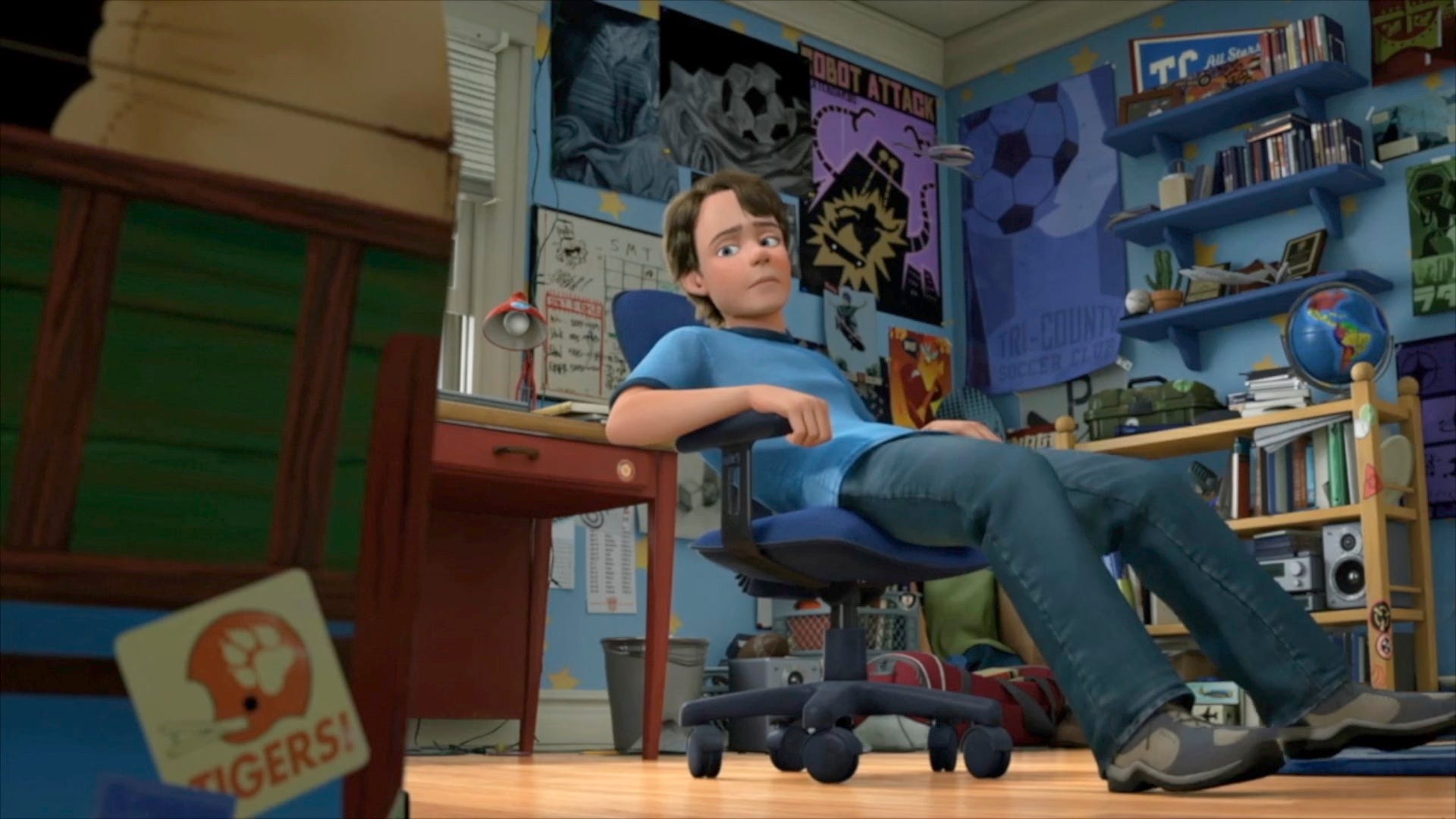Lighting? In Animation? How does that work?
Looking back at 20 years in the film industry and some of the skills and tasks I have been involved with across different studios and companies.
Celebrating two decades in the film industry, I felt it was the perfect moment to refresh my animation reel, curating some of my most cherished pieces from the last 20 years—spotlighting my expertise in lighting and compositing.
I’ll also be looking for other creative opportunities around October, so between my industry anniversary and the end of my contract with Disney it was the perfect moment to share with you some of these magical memories. It’s been such an incredible and unforgettable journey so far, and somehow, it still feels like it’s just beginning.
This milestone also gives me a chance to walk you through the myriad of skills and insights I've garnered over these years. By the end of this post, I hope to offer you a clearer window into the intricate world of animation lighting and what truly drives us in this niche. It’s a lot of invisible work behind-the-scenes, so it’s good to open up the veil a bit every now and then.
All the still frames you see in this post were taken from shots lit by me. I get asked constantly how lighting in animation really work. What does it all even mean?
So, let's dive right into the latest version of my reel. A small caveat: my current project, Wish at Walt Disney Animation Studios, isn't featured as it's still in the works. Rest assured, once it’s released later this year, I'll be sure to fold in some of those visuals.
This current compilation leans heavily into my recent endeavors at Disney Animation. While my tenure at Pixar Animation Studios was filled with projects I hold close to my heart, I've opted to spotlight some of the more recent projects to provide a taste of the evolution in my craft. You’ll definitely still see glimpses of some of my favorite moments from Pixar.
The video below does not include sound, so don’t worry about your volume.
Afonso Salcedo - Lighting and Compositing Reel 2023
Skills and Experience
Throughout my two-decade journey, I've had the privilege to collaborate with a diverse group of people – from creative minds to visionary executives and talented artists spanning various crafts. Here's a glimpse into the varied skills and responsibilities I've embraced during my career.
Leadership Opportunities
At Pixar Animation Studios, I shouldered the responsibility of supervising a team of rendering artists during the making of Cars, meticulously reviewing their work for final quality, and ensuring it met the gold standard before presentation in dailies to directors.
Navigating our first film with raytracing technology, we were met with a barrage of rendering challenges. In simpler terms, rendering the film became a monumental task. To tackle this, we had a vast rendering team led at the time by Jessica M., drawing experts from every department, all dedicated to refining and perfecting each shot for the final approval.
Oh, and a nostalgic nod to the past — we were relying on Shake for our compositing during that time. Good times playing with noodles.
More recently as I joined the creative team at MasterClass, my leadership journey evolved; there, I ended up leading and collaborating with other production and post-production artists. I bridged the gap between our feature-length course content and the nuanced requirements of editing, motion graphics, and color grading. My role was paramount in molding the raw materials into the story-driven class content, ensuring that every narrative thread weaved seamlessly to convey knowledge in its most engaging form.
The entire journey was immensely enlightening, and one I truly loved. Collaborating intimately with a creative team to craft the most captivating visual narratives remains a cherished part of my journey.
Workflow and Education
Within the intricate realm of animation lighting, I've played a role not just in execution, but also in innovation and knowledge-sharing.
Actively participating in key design meetings, I've been instrumental in refining our workflow tools and pipeline, laying the groundwork for enhanced efficiency in future productions.
Even though I’m not really a programmer or developer, I really love finding efficiency and design bottlenecks in the pipeline that, if solved, could greatly improve the creative workflow for artists. Even little changes in the UX design of a tool can make a huge difference in the quality of life for a lighter.
Beyond just the hands-on aspect, I've been dedicated to the realm of knowledge: maintaining, updating, and ensuring our expansive documentation aligns with the latest practices and methodologies.
At both Pixar and Disney, I played an integral role in several documentation initiatives over the years, ensuring we established a centralized repository that was not only easy to grasp but also readily accessible at every stage of production.
My commitment extends to the next generation of artists—mentoring and guiding newcomers, ensuring they seamlessly integrate with our sophisticated production technologies and uphold the expected standards of excellence.
Over the years, I've had the privilege of teaching at various universities and guiding students on their unique journeys within visual effects and animation. At Pixar, I shared my expertise in compositing techniques using Nuke at Pixar University. Meanwhile, at Disney, I took on the role of mentor, assisting newcomers in quickly acclimating and enhancing productivity within our established pipeline.
I've had the honor of speaking at significant industry events, including THU (Trojan Horse was a Unicorn). Sharing knowledge is a passion of mine, and I believe it's vital for industry veterans like myself to embrace and guide the upcoming generation of artists.
Compositing
Compositing emerges as the meticulous art of assembling different elements into a cohesive, compelling final frame. Incredibly important in live-action visual effects, it’s more and more a huge responsibility for us lighters in animation.
At many studios, there's a distinct compositing department. But at Disney, we lighters wear an additional hat: we're also responsible for delivering the final composited images.
The process begins with render passes—be it characters, environments, or effects. It also typically includes all the different types of lights in a scene, and sometimes even the different quality of each light. These elements are then merged using a sophisticated node-based system. Essentially, these nodes are executing mathematical operations to layer everything perfectly and create the final image you’ll see on screen. You can animate and tweak them to your creative heart’s delight.
I have a particular affinity for compositing. My brain seems to be wired for nodes, possibly a side-effect of my love for mind mapping. This approach offers a visual guide to the flow of components, enabling quicker experimentation and refining of the final image.
You craft depth and dimensionality through techniques like adding atmospheric haze, incorporating effects, playing with specular and diffuse, grading color variables, and a lot more operations lending a tangible authenticity to the shots.
Some of the work I'm proudest of often lies in the subtleties. There's a well-known adage in the industry: if someone spots a composite, then it hasn't been done right.
Foundation Lighting
At the heart of every CG animated film lies its foundation lighting.
This initial phase involves establishing the core ambient lighting conditions for entire sequences or environments. By setting the base mood, ambient tones, and generalized light sources like establishing sun direction and time of day, a solid foundation rig ensures that every subsequent lighting work integrates harmoniously into the film's story.
It's the blueprint that guarantees consistency in scenes and sets the stage for detailed lighting work to come.
At Disney, I did foundation a few times, but some of my favorites included working on Isabela’s song in Encanto figuring out the lighting for her room interior, and in Strange World painstakingly determining the look of the bloodstream sequence.
These two worlds couldn’t have been more different. Even though both fantastical in their own genres, Encanto borrowed a lot from more realistic phsyical-based lighting models and Strange World opened the doors to our imagination of what it would mean to be inside the body.
Key Lighting
Key lighting is the next strategic phase, focusing on the primary sources of light that shape the main subjects in the scene and further establishing some of the principal shots of a sequence that will serve as reference for other lighters to start their work from.
This crucial step determines how characters, objects, and focal points are illuminated, adding depth, volume, and dimensionality. It’s the cherry on top of the work we did in foundation lighting, and the finessing of all the elements coming together.
We’re finally accentuating and underscoring the emotional undertones and finer details of a scene.
Shot Lighting
The final touch in the lighting journey is shot lighting, which meticulously refines individual shots for nuanced storytelling.
When doing shot lighting, I dive deep into the particulars, adjusting and tweaking lighting for each shot's unique requirements. Typically, I am starting from either a foundation setup or borrowing from one of the already established key shots.
This ensures characters and vital elements pop as needed, compensates for any unique camera movements, and addresses intricate shadows, reflections, and translucencies.
Shot lighting perfects each moment, ensuring the audience remains immersed and connected to the unfolding narrative.
The thing I love the most about this industry though: the people. Over the years, I have collaborated with other artists, interns, supervisors, DPs, production designers, effects artists, shading artists, and so many others. It’s the ultimate collaborative art form, this crazy idea that we can make an animated film together, something that never existed before, and I have made friends for life thanks to that.
It really is all about the people. There’s a lot of humanity behind these films, and it’s ultimately what I’m grateful for the most.
In the world of animation, lighting isn't just about illuminating scenes—it's about breathing life into stories, giving depth to characters, and crafting environments that resonate with audiences.
Over two decades in this wild animated industry, I've learned that lighting is the unsung hero of visual storytelling, working silently in the backdrop, yet powerfully shaping every frame.
As we journey through the ever-evolving canvas of this industry, let's try to celebrate the profound influence of light and color, their potential to change a narrative, and their capacity to touch souls.




